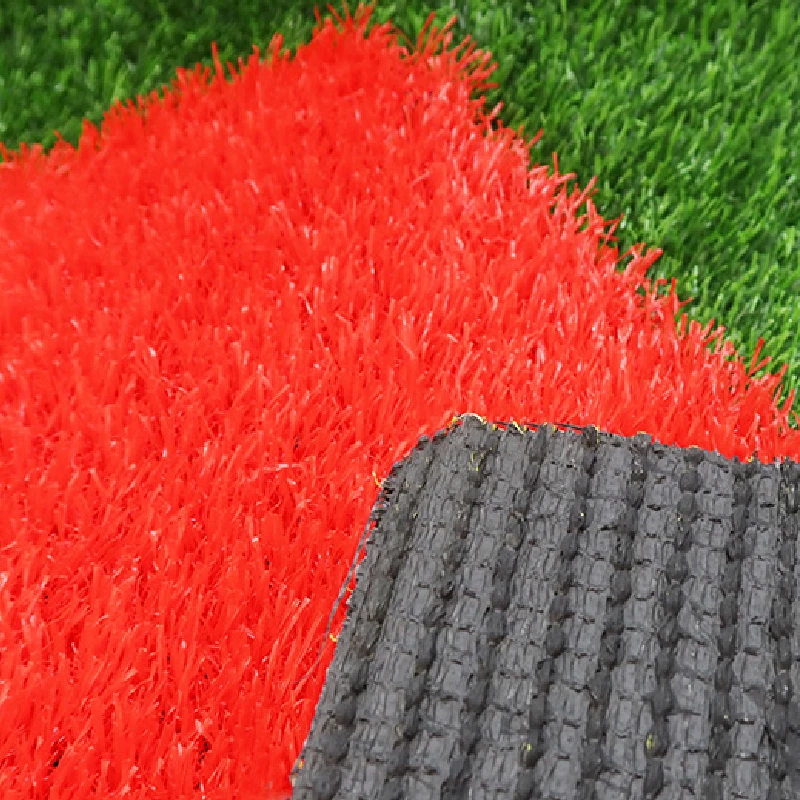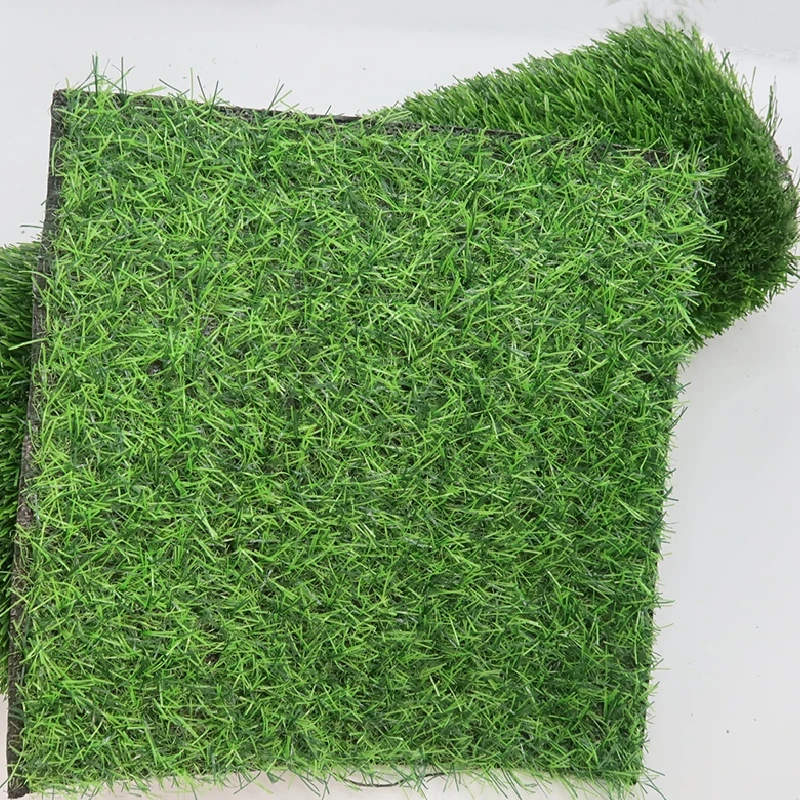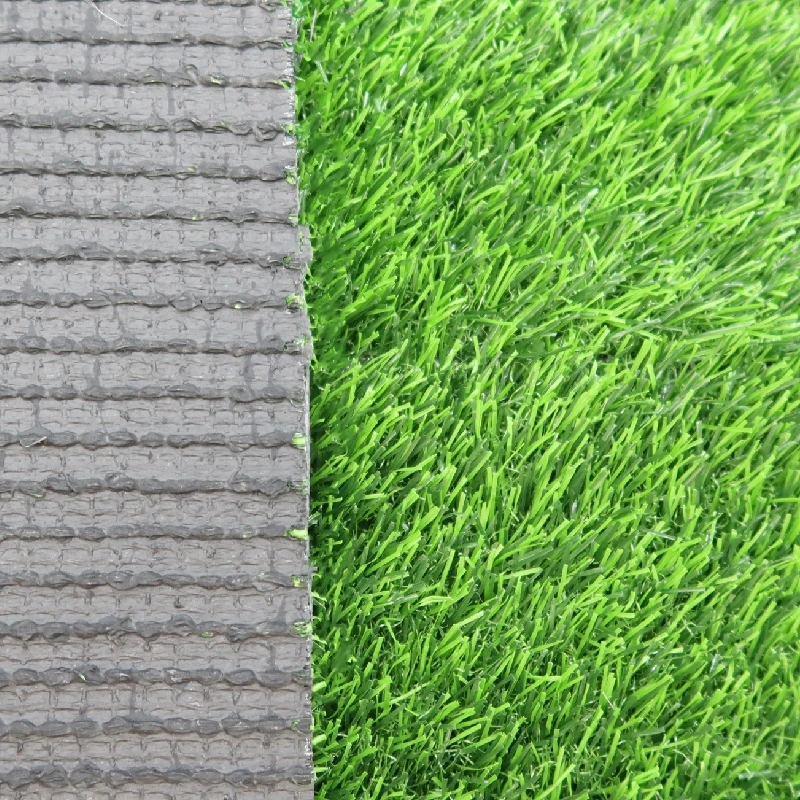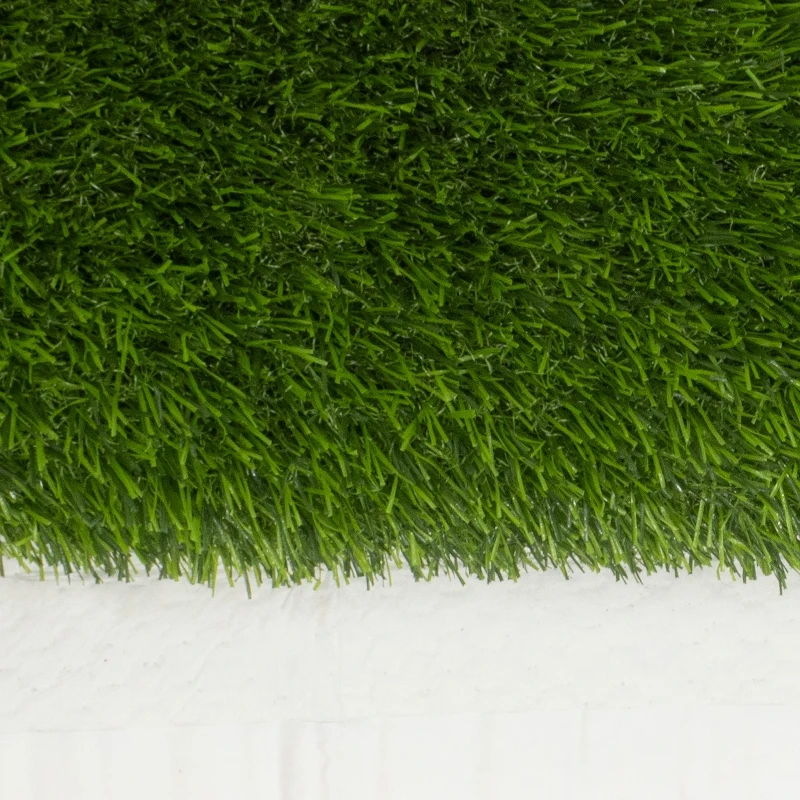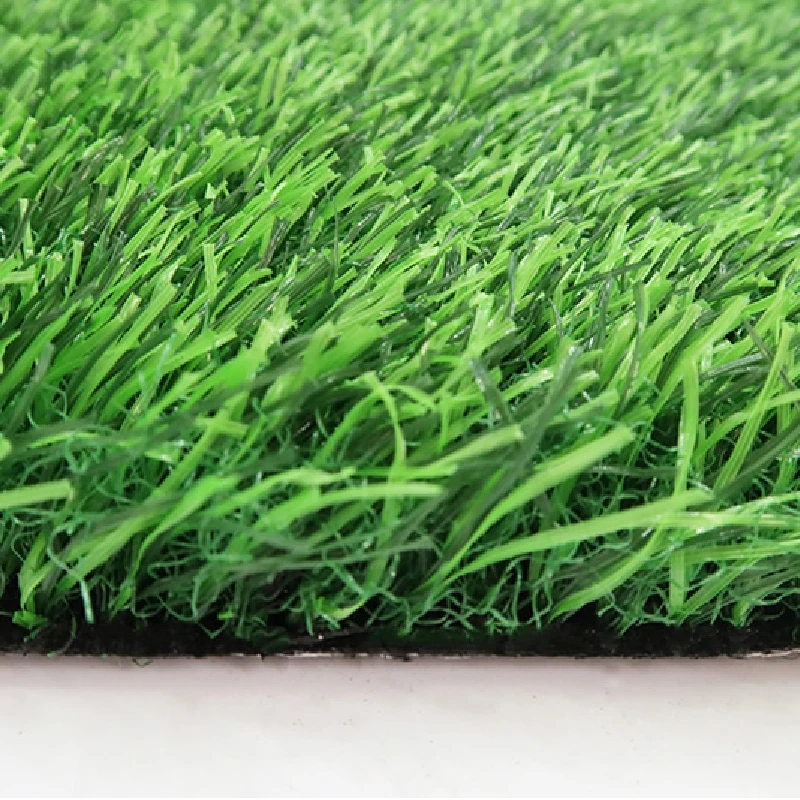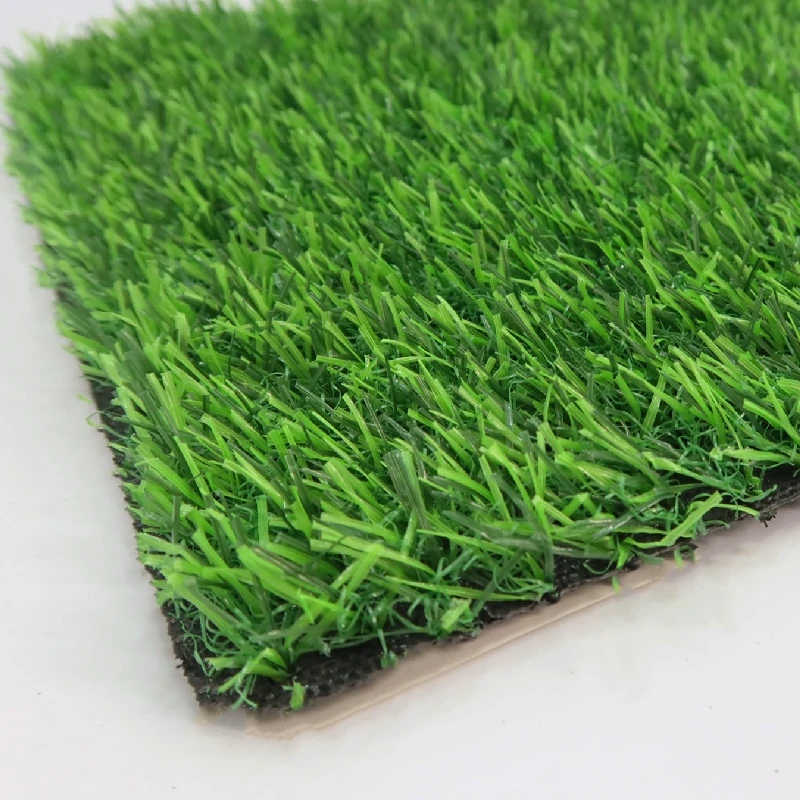Reliable and Sustainable Turf for Backyard Solutions | Green Lawn Insights
Nov . 22, 2025 15:00 Back to list
Understanding Turf for Backyard: A Greener Future at Our Doorstep
If you’ve ever walked barefoot on a lush green patch and felt a quiet satisfaction, you get why turf for backyard matters. But beyond that fleeting joy, turf offers practical, environmental, and economic benefits that ripple across communities worldwide. Whether you're a homeowner yearning for a low-maintenance yard or an urban planner thinking of green spaces in a warming world, understanding turf—especially backyard turf—is more relevant than ever.
Why does turf deserve global attention? Because lawns and green patches cover an estimated 40 million acres in the US alone, according to the EPA. Their maintenance impacts water usage, carbon footprint, and biodiversity. Choosing the right turf can optimize these factors, supporting sustainability while meeting personal or commercial landscaping goals.
The Global Context: Turf’s Growing Relevance in Urban & Environmental Landscapes
From sprawling suburbs in North America to compact urban gardens in Europe and Asia, turf plays a role beyond aesthetics. The United Nations underscores the importance of green urban spaces for air quality, climate mitigation, and mental health. Yet, these green spaces also face challenges like drought, soil degradation, and urban heat. Enter modern turf for backyard solutions: designed to survive environmental stress while enhancing community resilience.
Globally, turf installation and maintenance represent a multi-billion dollar industry that surprisingly touches agriculture, sports, construction, and leisure. For example, drought-resistant turf varieties reduce water consumption markedly — some reporting up to 50% savings compared to traditional grass. This shift is not just greenwashing rhetoric but a tangible response to increasing water scarcity flagged by the World Bank.
Mini takeaway: Turf for backyard is not just about looks—it's a strategic tool in confronting climate issues and urban livability.
What Exactly is Turf for Backyard?
In simple terms, turf for backyard is a specially curated layer of grass or grass-like synthetic material optimized for private outdoor spaces. It's more than just seed-and-soil; it involves choosing grass species or synthetic blends that suit local climate, foot traffic, water availability, and maintenance capacity. The aim is achieving a resilient, attractive, and environmentally sound patch of green that fits your backyard’s personality.
Modern backyard turf connects with a range of advances from plant genetics to manufacturing of artificial grass textiles. It intersects with humanitarian initiatives—for example, synthetic turf deployed in disaster relief zones offers instant, stable grounds when natural turf is unusable. Thus, backyard turf has evolved beyond the traditional into a versatile material adapted for multiple critical roles.
Key Components Behind a Great Turf for Backyard
1. Durability
Backyards see lots of action—kids, pets, garden parties—and the turf must hold up. Durability involves resistance to wear, pests, and climate extremes. For synthetic turf, durable backing and UV protection are critical. Many engineers note that a good turf will last 10-15 years outdoors with minimal fading or flattening.
2. Water Efficiency
Natural turf can guzzle thousands of gallons each year in some regions, an unsustainable practice. On the other hand, drought-tolerant grass species or synthetic turf dramatically reduce water use. Integrating irrigation technology with turf selection is often overlooked but vital—smart watering systems paired with the right turf can save considerable resources.
3. Aesthetic Appeal
The look and feel matter as much as function. Whether you want soft Kentucky bluegrass or a vibrant synthetic green that stays fresh all year, turf selection shapes the backyard’s vibe. Color uniformity, blade texture, and even the way turf bends underfoot contribute to satisfaction or disappointment.
4. Cost Efficiency
Both upfront and ongoing costs play a big role. Natural turf tends to cost less initially but requires ongoing maintenance—mowing, watering, fertilizing—that adds up. Synthetic turf, though pricier upfront, often pays off by cutting time and resource use.
5. Environmental Impact
Choosing turf responsibly means minimizing chemical fertilizers, pesticides, and emissions from lawnmowers. Synthetic options reduce water consumption but involve production energy. The best choices balance these impacts thoughtfully.
Mini takeaway: The ideal backyard turf balances usage demands, environmental care, and your budget.
Product Specification Table: Top Turf Varieties (Natural vs Synthetic)
| Specification | Kentucky Bluegrass (Natural) | Drought-Tolerant Fescue (Natural) | Polyethylene Synthetic Turf |
|---|---|---|---|
| Water Usage | High (weekly irrigation) | Low (minimal irrigation) | None |
| Maintenance Needs | Mowing, fertilizing | Mowing occasionally | Brushing, rinsing |
| First Cost | $1–2 per sq ft | $2 per sq ft | $5–7 per sq ft |
| Lifespan | 5–7 years (variable) | 7–10 years | 10–15 years |
| Environmental Friendliness | Moderate (pesticides used) | High (lower chemicals) | Mixed (low water, but synthetic) |
Turf Vendors Compared: What to Expect
| Feature | GreenLawn Supply | EcoTurf Pro | SureGrass Solutions |
|---|---|---|---|
| Product Range | Natural & Synthetic Blend | Organic Natural Turf Only | Synthetic Turf Specialist |
| Water-Saving Options | Available | All products are drought-tolerant | Yes, UV protected materials |
| Installation Support | Free consultations | Limited, mostly DIY focus | Full-service installation |
| Warranty | 5 years | 3 years | 10 years |
| Price Range | $2–6/sq ft | $1.5–3/sq ft | $6–9/sq ft |
Real-World Applications of Turf for Backyard
In real terms, turf has a wide scope. In residential neighborhoods, homeowners pick drought-resistant turf to lower bills and reduce lawn work. Parks and playgrounds especially in drought-prone California or parts of Australia rely increasingly on turf for backyard that withstands heavy play without turning brown.
Industrial zones use synthetic turf to stabilize grounds without the upkeep of natural grass, while humanitarian organizations deploy portable synthetic turf mats in refugee camps to improve living conditions — a surprisingly overlooked solution that brings safety and dignity.
I personally recall a city council project in Phoenix switching out parts of their downtown green strips with synthetic turf, achieving a 70% reduction in water use within two years. It feels like a microcosm of larger urban sustainability efforts that are slowly taking root globally.
Advantages & Long-Term Value of Quality Backyard Turf
- Cost Savings: Less water, fewer chemicals, and time saved on upkeep add up.
- Environmental Benefits: Reduced water consumption and fewer emissions from lawn equipment.
- Enhances Property Value: Well-maintained yards attract buyers and increase curb appeal.
- Social and Emotional Wellbeing: Green spaces boost mental health, encouraging family time outdoors.
- Reliability: Synthetic options offer consistent quality year-round, which feels increasingly important.
What the Future Holds: Innovations in Turf for Backyard
Looking ahead, turf technology embraces sustainability and smart innovation. Imagine turf embedded with moisture sensors for automated irrigation or bioengineered grass variants that need near-zero fertilizer. Advances in recyclable synthetic turf materials also point toward a more circular product lifecycle.
Moreover, local governments are adopting policies encouraging xeriscaping — landscaping that reduces or eliminates the need for irrigation — pushing turf providers toward more eco-friendly options. Digital platforms now allow you to virtually design your backyard turf layout before ordering, making the experience more intuitive and tailored.
Challenges Still to Tackle
Despite the progress, turf for backyard comes with challenges: upfront costs can be daunting, synthetic turf’s environmental trade-offs still spark debate, and local climate unpredictability sometimes throws off even the best-laid maintenance plans. But expert turf consultants often counter these with precise customization and hybrid solutions that blend nature and technology.
FAQ: Your Common Questions About Turf for Backyard
- What is the best turf for a backyard in a drought-prone area?
- Opt for drought-tolerant natural grasses like fescue or consider synthetic turf options designed for water efficiency. Pairing with smart irrigation can further minimize water use.
- How long does synthetic backyard turf typically last?
- High-quality synthetic turf can last between 10 to 15 years, depending on usage and maintenance, such as cleaning and UV exposure protection.
- Is synthetic turf environmentally friendly?
- Synthetic turf saves significant water and maintenance emissions but involves manufacturing impacts. Increasingly, recyclable materials are improving its eco profile.
- Can I install turf myself or do I need professional help?
- While DIY installation is possible for small backyards, professional installation ensures proper base preparation, drainage, and durability, especially for synthetic turf.
- Where can I find reliable turf suppliers?
- Local vendors with proven warranties and installation support are ideal. Compare vendors like GreenLawn Supply, EcoTurf Pro, or SureGrass Solutions based on your specific needs.
Wrapping It Up: Why Turf for Backyard is a Smart, Sustainable Choice
Choosing the right turf for your backyard represents an intersection of personal taste, environmental responsibility, and financial wisdom. From reducing water waste to creating inviting green spaces that nurture wellbeing, it’s a small investment with increasingly big impacts. Whether you lean toward natural drought-tolerant grass or synthetic turf with all its conveniences, understanding the nuances will help you make a choice you'll appreciate for years.
Curious to explore your options? Visit our experts turf for backyard showcase and see what’s possible.
References:
1. United Nations, Urban Green Space: Wikipedia
2. U.S. Environmental Protection Agency (EPA) on Lawn Water Use
3. World Bank on Water Scarcity: worldbank.org
-
Durable, Eco-Friendly Turf for Balcony | Enhance Your Urban Space
NewsNov.24,2025
-
Turf Between Pavers: Sustainable Green Paving Solutions for Modern Urban Spaces
NewsNov.24,2025
-
Discover the Benefits of Turf and Pavers Backyard | Sustainable Outdoor Design
NewsNov.24,2025
-
Top Quality Artificial Grass – Sustainable, Durable, and Stylish Turf Solutions
NewsNov.24,2025
-
Durable and Eco-Friendly Thick Artificial Grass Solutions | Hoya Grass
NewsNov.24,2025
-
Synthetic Turf: Sustainable Green Solutions for Sports, Industry & Urban Living
NewsNov.24,2025
Products categories



